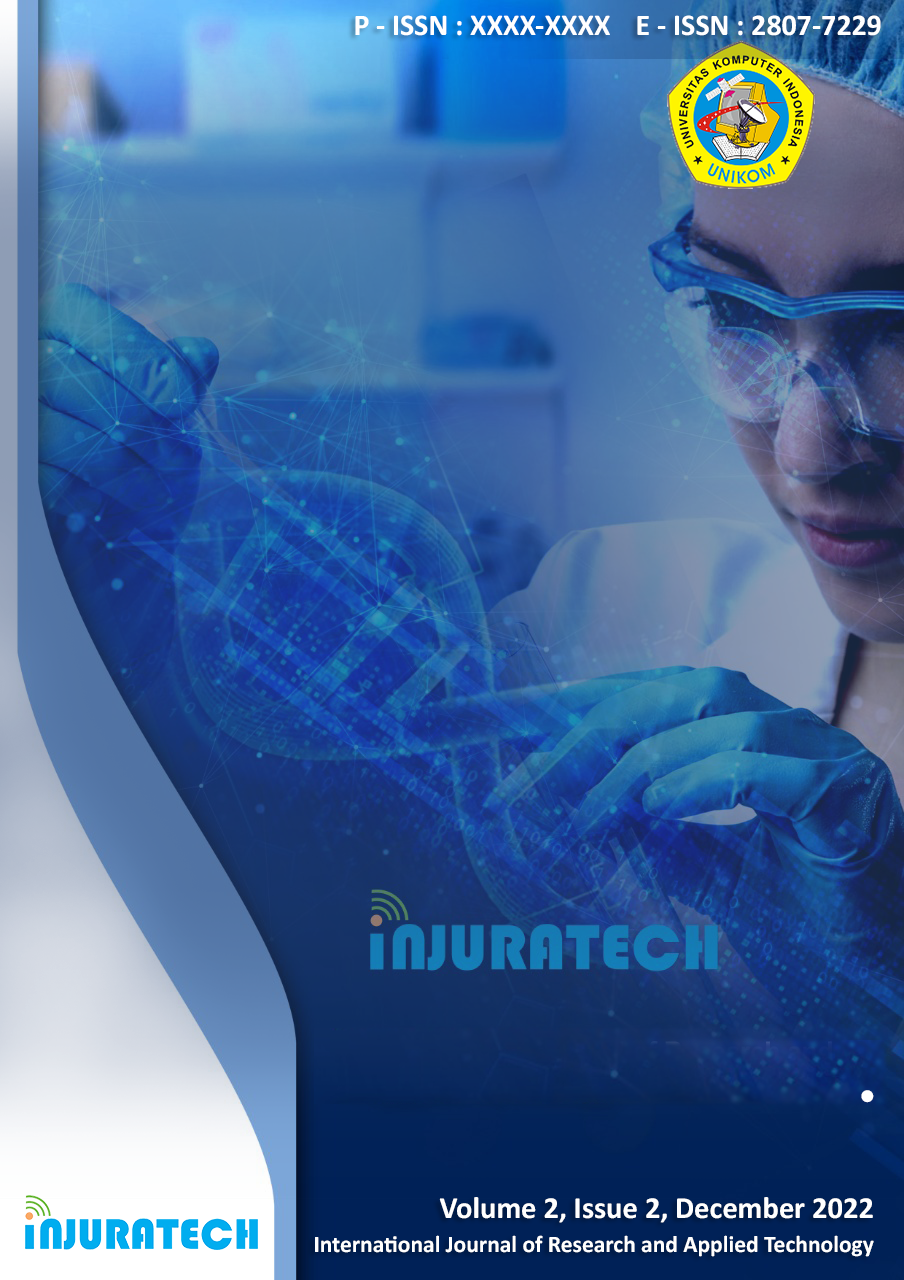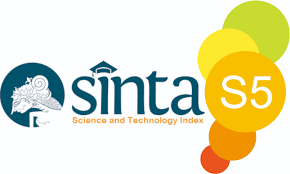Ceria Mentari: Cerita Rakyat Terpopuler (Most Popular Indonesian Folklore) Applications with Augmented Reality
DOI:
https://doi.org/10.34010/injuratech.v2i2.8871Keywords:
Folklore, Learning Application, Augmented RealityAbstract
This study aims to design educational and entertainment media for children and adolescents using Augmented Reality technology. The research method used in this study is a qualitative descriptive analysis. At the same time, in the process of application development, Ceria Mentari adopts the object-oriented method and Multimedia Development Life Cycle prototype (MDLC). The results showed that the design of the Ceria Mentari application could provide a new experience for children in reading folklore through digital devices. The central concept of this application is to make children feel closer to folklore characters through the medium of Augmented Reality (AR), which can provide a sense of interactive learning. In the end, this application emerged as an information medium in the form of dynamic visual media to adapt to the new habits of the world of education, especially in kindergartens and elementary schools.
References
[2] Kasiyun, S. (2015). Upaya meningkatkan minat baca sebagai sarana untuk mencerdaskan bangsa. Jurnal Pena Indonesia, 1(1), 79-95.
[3] Megahantara, G. S. (2017). Pengaruh teknologi terhadap pendidikan di abad 21. Yogyakarta: Universitas Negeri Yogyakarta.
[4] Purba, R. A., Tamrin, A. F., Bachtiar, E., Makbul, R., Rofiki, I., Metanfanuan, T., ... & Ardiana, D. P. Y. (2020). Teknologi Pendidikan. Yayasan Kita Menulis.
[5] Jamun, YM. 2018. Dampak Teknologi Terhadap Pendidikan: Jurnal Pendidikan dan Kebudayaan Missio. Ruteng: Sekolah Tinggi Keguruan dan Ilmu Pendidikan St. Paulus Ruteng.
[6] Joefrie, Y. Y., & Anshori, Y. (2011). Teknologi Augmented Reality. MEKTEK, 13(3).
[7] Djafar, S., & Novian, D. (2021). Implementasi teknologi augmented reality dalam pengembangan media pembelajaran perangkat keras komputer. Jambura Journal of Informatics, 3(1), 44-57.
[8] Saputro, R. E., & Saputra, D. I. S. (2015). Pengembangan Media Pembelajaran Mengenal Organ Pencernaan Manusia Menggunakan Teknologi Augmented Reality. Jurnal Buana Informatika, 6(2).
[9] Djaina, R. S., Syahrial, S., & Abas, M. I. (2021). Aplikasi Media Pembelajaran Teknologi Augmented Reality Berbasis Android. JUIK (Jurnal Ilmu Komputer), 1(2), 24-29.
[10] Binanto, I. (2009). Metode Pengembangan Perangkat Lunak Multimedia versi Luther-Sutopo.












